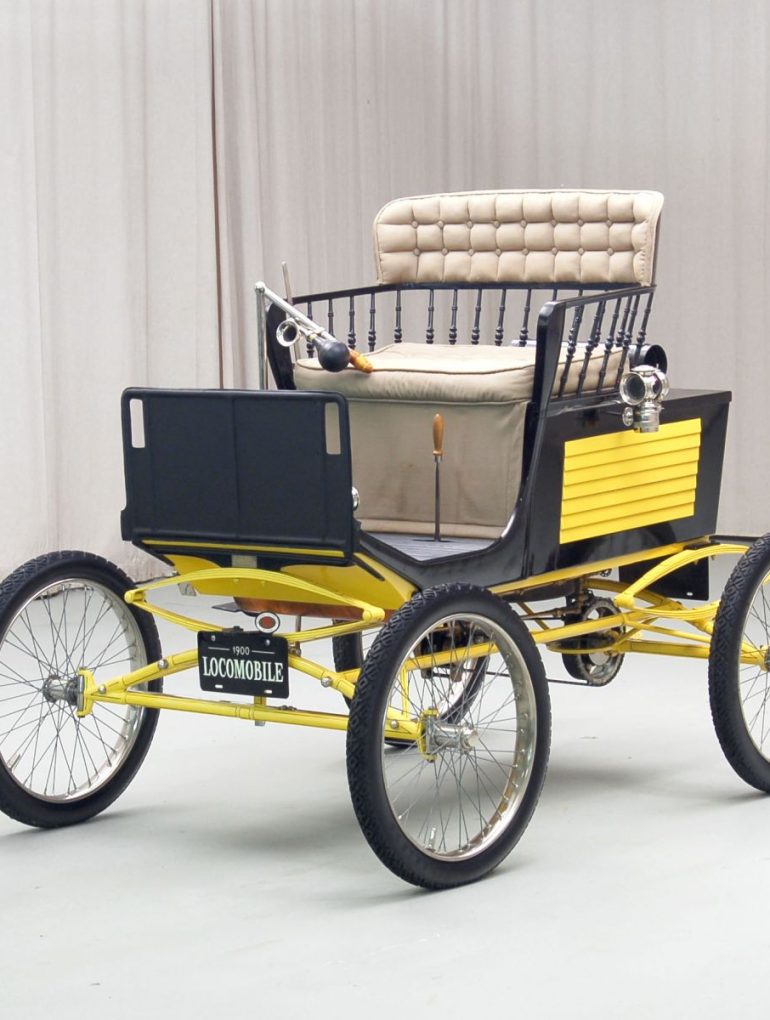A Concise History of Cars
The history of cars involved people from different countries who, in ways large and small, contributed to its development. The automobile as we know it started from crude but machines that by degrees underwent transformation due to dedicated work by several people. It is estimated that over 100,000 patents created the modern automobile. However, we can point to the many firsts that occurred along the way. Starting with the first theoretical plans for a motor vehicle that had been drawn up by both Leonardo da Vinci and Isaac Newton.
The first recorded use of a self-powered vehicle was in 1769 when Nicolas Cugnot, a French military engineer, designed and built an awkward but workable three-wheeled vehicle powered by a steam engine. The vehicle was intended as a tractor for hauling heavy cannons.



